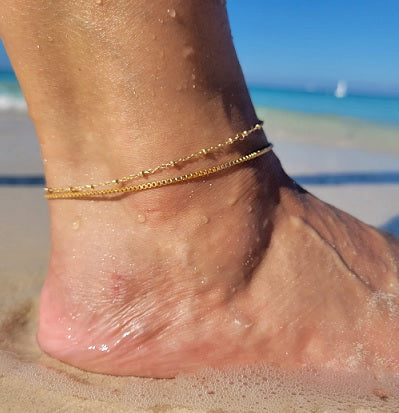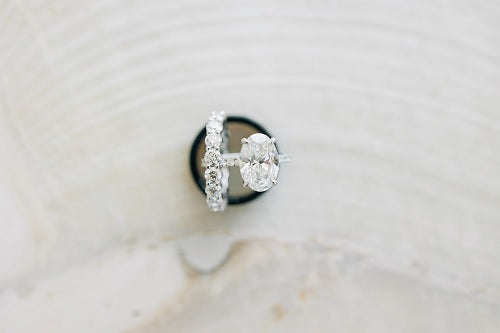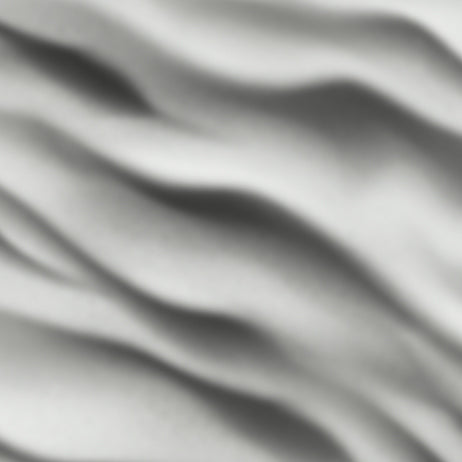How to Tell if Your Gold Jewelry is Real: Easy Tests and Expert Tips
Gold has been a symbol of wealth and beauty for centuries. Whether you’ve inherited a piece of jewelry, purchased it from a store, or received it as a gift, knowing whether your gold is real is essential. Fake gold can be deceptive, and without proper testing, it’s easy to be misled. In this guide, we’ll cover simple at-home tests, expert-level testing methods, and tips to ensure you own genuine gold.

Understanding Gold Purity and Hallmarks
Before testing your jewelry, it’s important to understand gold purity. Gold is measured in karats, with 24K being pure gold and lower karats indicating a mixture with other metals. Common purities include:
-
24K – 99.9% pure gold
-
18K – 75% gold, 25% alloy metals
-
14K – 58.3% gold, 41.7% alloy metals
-
10K – 41.7% gold, 58.3% alloy metals
Check for a hallmark or stamp on your jewelry. Authentic gold pieces often have markings such as “24K,” “18K,” “14K,” or “10K” along with a manufacturer’s symbol. However, some fake pieces may have counterfeit stamps, making additional testing necessary.
Simple At-Home Tests for Real Gold
If you don’t have professional equipment, try these easy at-home tests:
The Magnet Test
Gold is not magnetic. Hold a strong magnet near your jewelry—if it gets attracted, your piece likely contains other metals and is not pure gold.
The Water Test
Drop your gold item into a glass of water. Real gold is dense and will sink to the bottom. Fake gold or gold-plated pieces may float or remain suspended.
The Ceramic Plate Test
Drag your gold piece across an unglazed ceramic plate. Real gold will leave a gold streak, while fake gold may leave a black or gray mark. Be careful to not damage your jewelry when doing this.
Advanced Testing Methods
If you want more accurate results, try these tests:
The Acid Test
Use a gold testing kit, which includes nitric acid. Apply a drop to a small scratch on your jewelry:
-
No reaction = real gold
-
Green reaction = not gold
-
Milky reaction = gold-plated silver
The Float Test
Similar to the water test, pure gold does not float and will sink immediately. If your piece floats, it’s likely not real gold.
The Sound Test
Tap your gold item with a metal object. Real gold produces a high-pitched, long-ringing sound, while fake gold has a duller tone.
Professional Gold Testing
For absolute certainty, consider professional testing methods:
X-Ray Fluorescence (XRF) Analysis
Jewelers use XRF machines to determine the precise composition of metals in your jewelry.
Electronic Gold Testing
Electronic testers measure electrical conductivity to confirm gold authenticity.
Expert Appraisal
If unsure, take your jewelry to a trusted jeweler or gold appraiser for an evaluation.
How to Avoid Fake Gold Scams
To prevent buying fake gold, keep these tips in mind:
-
Buy from reputable jewelers with a history of trust.
-
Check for hallmarks and verify authenticity.
-
Request a certificate of authenticity when purchasing expensive gold jewelry.
-
Be cautious of deals that seem too good to be true—they often are.
Conclusion
Testing gold jewelry at home is easy with the right techniques. Whether using a magnet, water, or acid test, these methods help you determine if your piece is genuine. If in doubt, consult a professional jeweler for accurate verification. By staying informed, you can ensure your gold jewelry is authentic and valuable.
Now that you know how to test for real gold, check your jewelry today and enjoy the confidence of owning genuine, beautiful pieces. For high-quality, authentic gold jewelry, visit Eternal Permanent Jewelry and explore our stunning collection!











Leave a comment